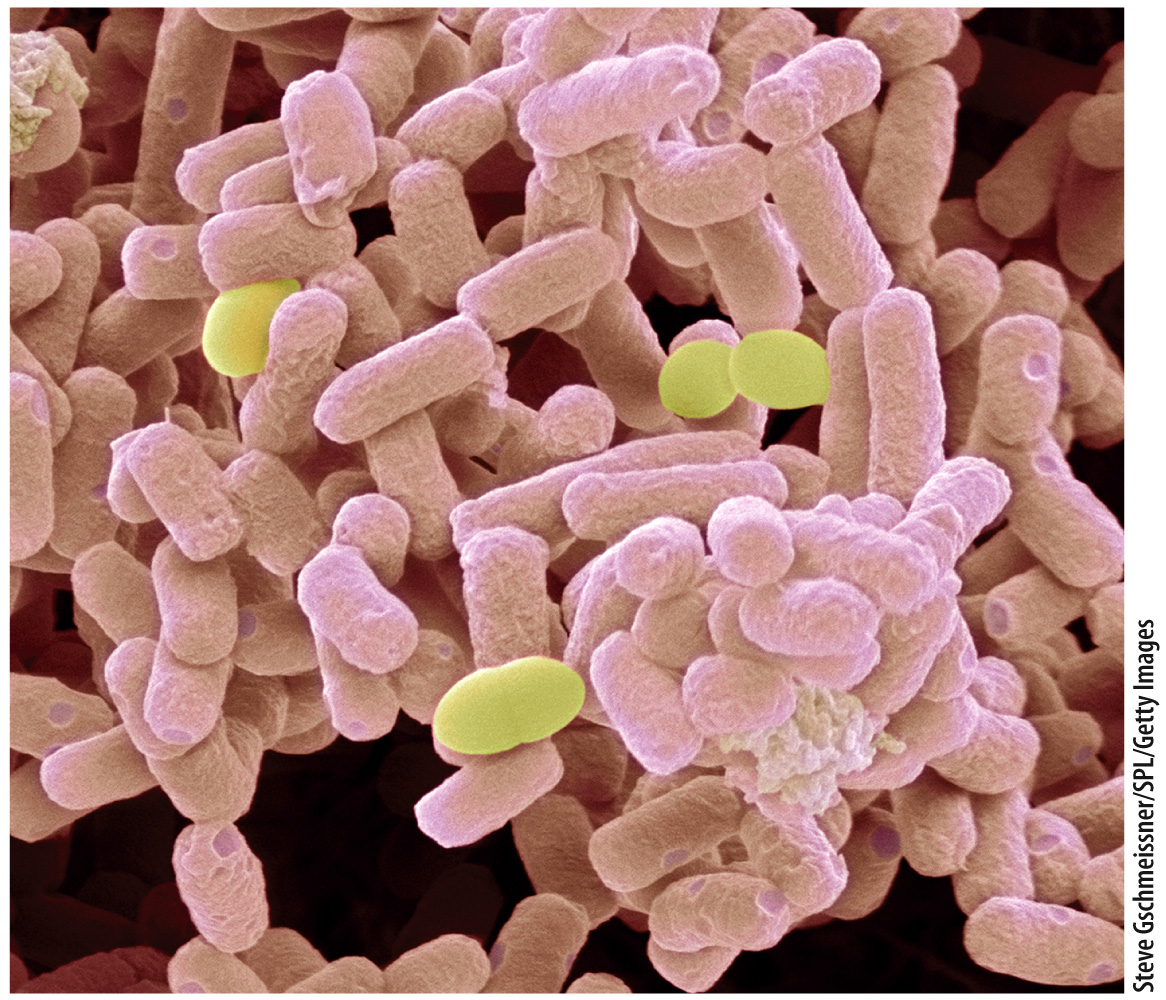Chapter 26 Introduction
529
CHAPTER 26
Bacteria and Archaea

Core Concepts
- The tree of life has three main branches, called domains: Eukarya, Bacteria, and Archaea.
- Bacteria and Archaea are notable for their metabolic diversity.
- In addition to their key roles in the carbon cycle, Bacteria and Archaea are critical to the biological cycling of sulfur and nitrogen.
- The extent of bacterial diversity was recognized when sequencing technologies could be applied to non-culturable bacteria.
- The diversity of Archaea has only recently been recognized.
- The earliest forms of life on Earth were Bacteria and Archaea.
530
In Chapter 25, we discussed how the cycling of carbon by plants and animals is linked to their production and consumption of oxygen. But can carbon cycle through the deep waters of the Black Sea, within black muds beneath swamps and marshlands, or in other habitats where oxygen is limited or absent? Can biological communities even survive without oxygen? The answer, emphatically, is yes. Indeed, life existed on Earth for more than a billion years before oxygen-
The seemingly alien oxygen-